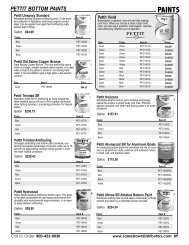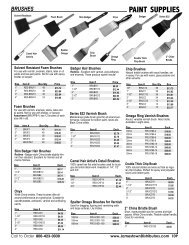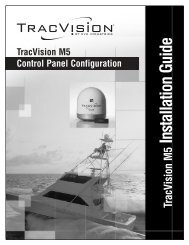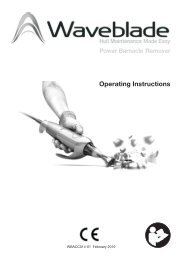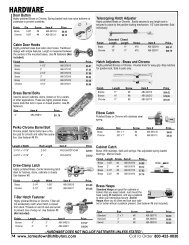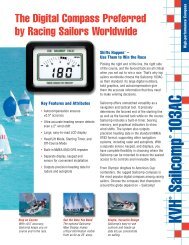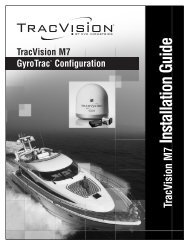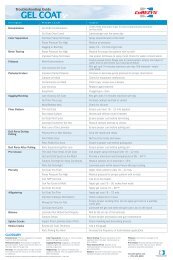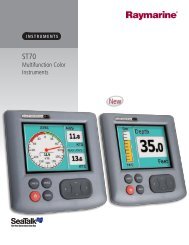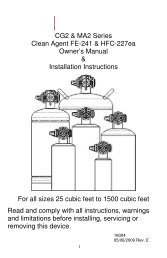Torqeedo 2012 Catalog - Jamestown Distributors
Torqeedo 2012 Catalog - Jamestown Distributors
Torqeedo 2012 Catalog - Jamestown Distributors
Create successful ePaper yourself
Turn your PDF publications into a flip-book with our unique Google optimized e-Paper software.
Small lexicon of power ratings – what boat motors can really do.<br />
The various boat manufacturers work with different performance ratings for<br />
their products, which makes comparison difficult. The most meaningful performance<br />
indicator of a drive system is propulsive power, which indicates the<br />
performance actually delivered by the boat’s motor, taking all losses including<br />
propeller losses into account. This method has been used for almost 100 years<br />
in commercial shipbuilding. Nevertheless, in recreational boating, less informative<br />
indicators are used.<br />
To provide you with as much transparency as possible, <strong>Torqeedo</strong> provides all<br />
relevant performance ratings. Not only propulsive power, which we feel is the<br />
most appropriate, but also input power and static thrust data.<br />
Gasoline outboards<br />
Conventional electric outboards<br />
Trolling motors<br />
<strong>Torqeedo</strong> electric outboards<br />
Performance rating:<br />
shaft power [HP or watts]<br />
Performance rating:<br />
input power [HP or watts]<br />
Performance rating:<br />
static thrust [lbs or lbf]<br />
Performance rating:<br />
propulsive power [HP or watts]<br />
When manufacturers of gasoline<br />
outboards talk about horsepower,<br />
they mean shaft power measured<br />
at the propeller shaft. Shaft power,<br />
however, doesn’t take propeller<br />
losses into account. Depending on<br />
propeller loss, only 20 % or over<br />
60 % of the shaft power is available<br />
to drive the boat. It would be<br />
nice to know more precisely.<br />
Input power indicates the energy consumption<br />
of a motor. But it doesn’t<br />
indicate how much of the energy<br />
consumed is lost through inefficiency<br />
and how much is actually available<br />
to drive the boat. This amount – or<br />
overall efficiency – differs considerably<br />
and varies between 18% and<br />
56% (<strong>Torqeedo</strong>). Therefore, the input<br />
power alone says very little about an<br />
outboard.<br />
Static thrust indicates the ability<br />
of a motor to move a boat from<br />
standing still to a very very slow<br />
speed. It does not indicate its<br />
ability to move a boat at normal<br />
speed. As a performance indicator<br />
it is therefore inadequate.<br />
Just like the manufacturers of<br />
large ships, at <strong>Torqeedo</strong> we always<br />
state the propulsive power of our<br />
outboards, i.e. the power actually<br />
delivered that drives the boat, taking<br />
into account all losses, including<br />
propeller losses. Using propulsive<br />
power, all outboards can be compared<br />
with each other. Sadly, you’ll<br />
search in vain for the figures for<br />
propulsive power in other manufacturers’<br />
catalogs.<br />
6



